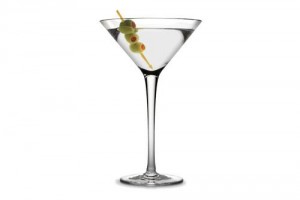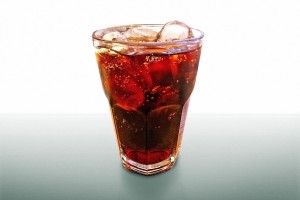One rat brain can control the decisions of another using a brain-to-brain interface. The brain activity of one rat is encoded and then transmitted to the matching area of another. The rat receiving the signal will usually perform in the same manner. Ed Yong describes the intercontinental telepathy in Nature News:
The brains of two rats on different continents have been made to act in tandem. When the first, in Brazil, uses its whiskers to choose between two stimuli, an implant records its brain activity and signals to a similar device in the brain of a rat in the United States. The US rat then usually makes the same choice on the same task.
Miguel Nicolelis, a neuroscientist at Duke University in Durham, North Carolina, says that this system allows one rat to use the senses of another, incorporating information from its far-away partner into its own representation of the world. “It’s not telepathy. It’s not the Borg,” he says. “But we created a new central nervous system made of two brains.”
The original research is reported in Scientific Reports.

